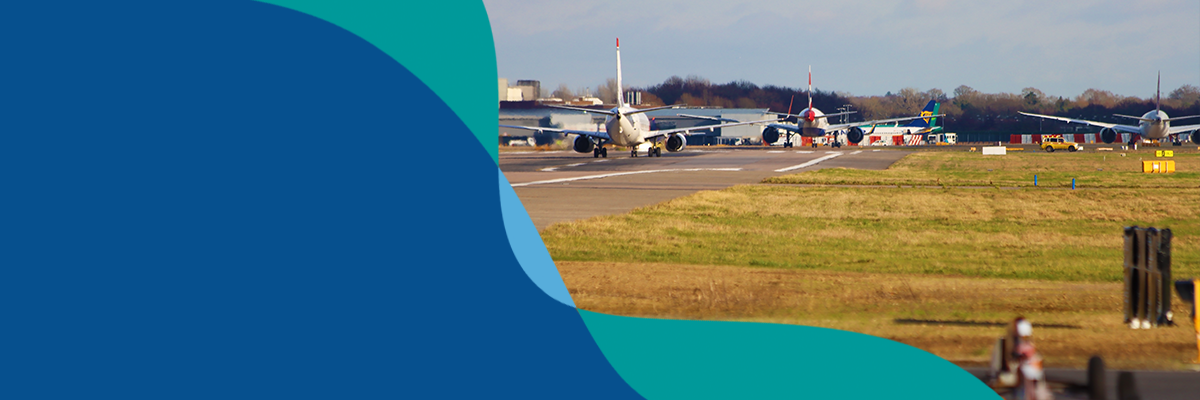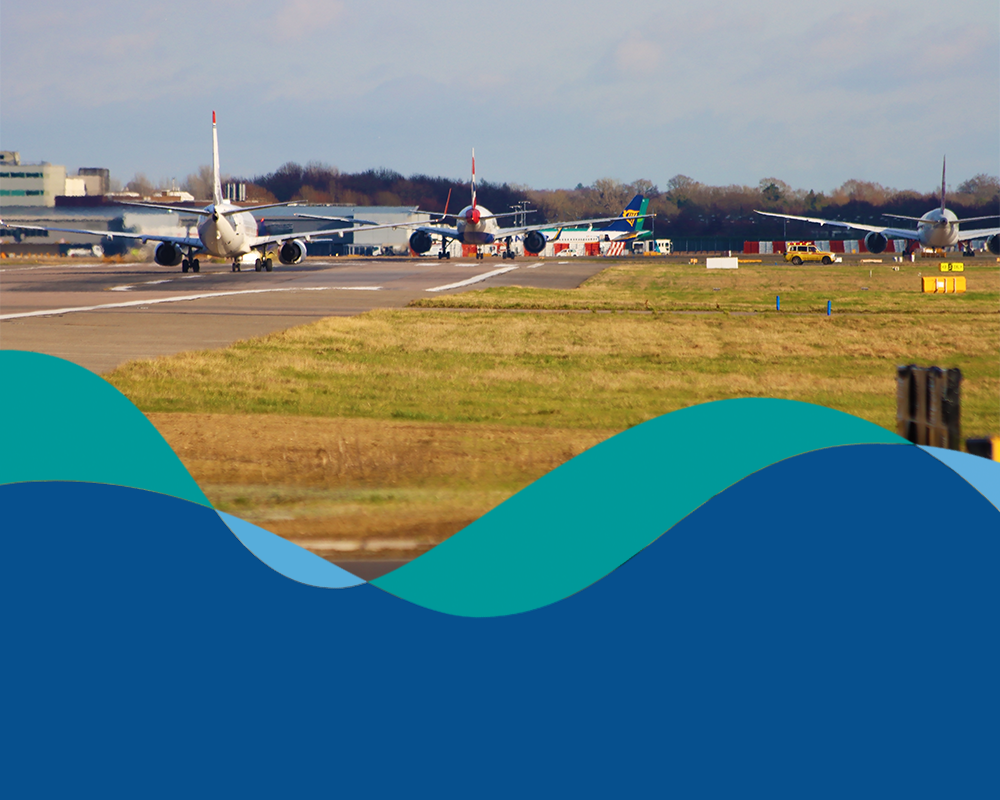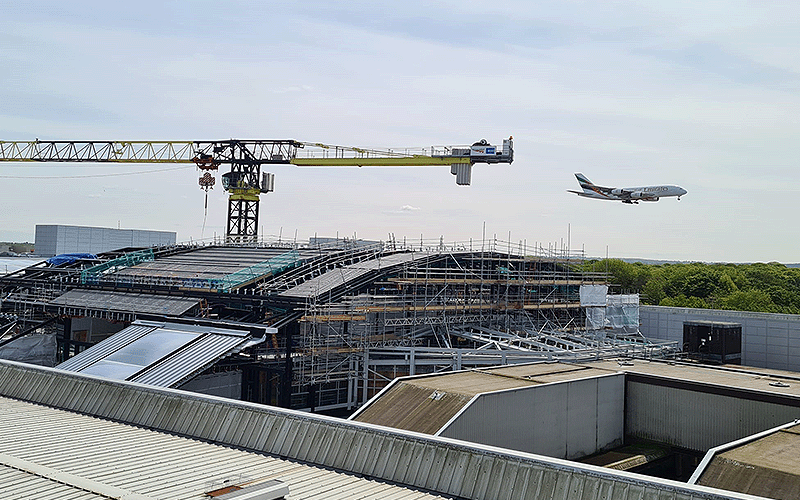Crane permits
You'll need a permit to use a crane within 6km of the airport.
Cranes can cause a serious hazard to flight safety. They can impact Instrument Flight Procedures (IFPs), cause a physical obstacle and/or affect navigational aids such as radar.
To reduce flight safety risks, you need to apply for a permit to operate a crane or tall construction equipment within 6km of the airport. The exception to this is if the crane/equipment is under 10m high or is shielded on all sides by trees or structures that are taller.
Read more about the safe use of cranes near an aerodrome:
1. Complete your application on our web-based system Permit to Work (P2W) system. Applications should be requested at least four weeks in advance.
![]() New to Permit to Work? Find out how to register
New to Permit to Work? Find out how to register
![]() Already Registered? Login and start your application
Already Registered? Login and start your application
2. Our team will do a safety assessment to determine if any restrictions apply. These could be working hours, height limitations, obstacle lighting, etc.
3. Once we can confirm there are no flight safety concerns, we will issue your crane permit. Any restrictions will be stated on the permit.
A copy of your permit must remain with the crane for the duration of the operation. It must be produced if requested by airport staff or the police.
Under the Air Navigation Order, it is an offence to act recklessly or negligently in a manner likely to endanger aircraft. This includes operating a crane or large construction equipment within 6km of an aerodrome without a permit.
For queries about the crane permit process email
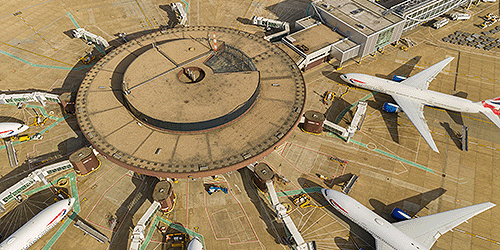
Using a drone within 5km of the airport is restricted. Find out more about applying for a permit to fly in a restricted area.
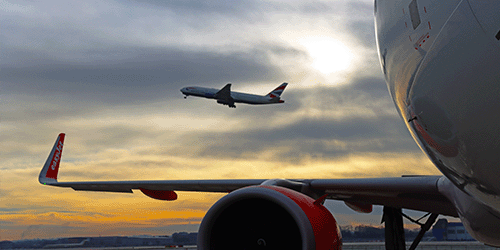
We work with local authorities to ensure that our aerodrome is safe for aircraft that are taking off, landing, or flying in the area.
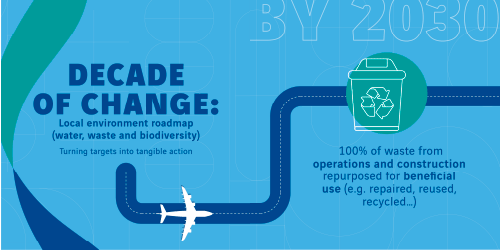
We've accelerated our commitment to being a net zero airport for our own Scope 1 and 2 carbon emissions by 2030.
